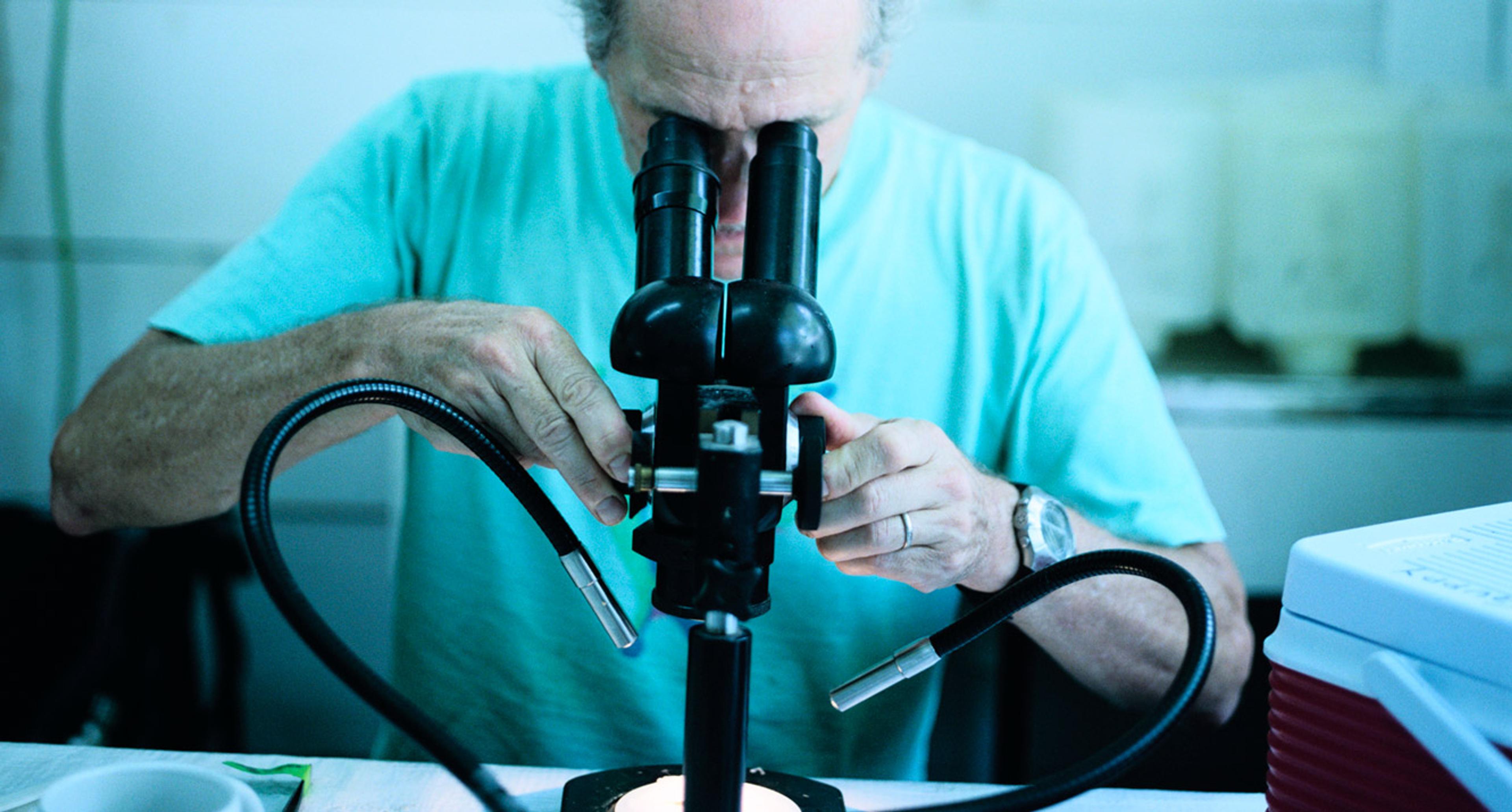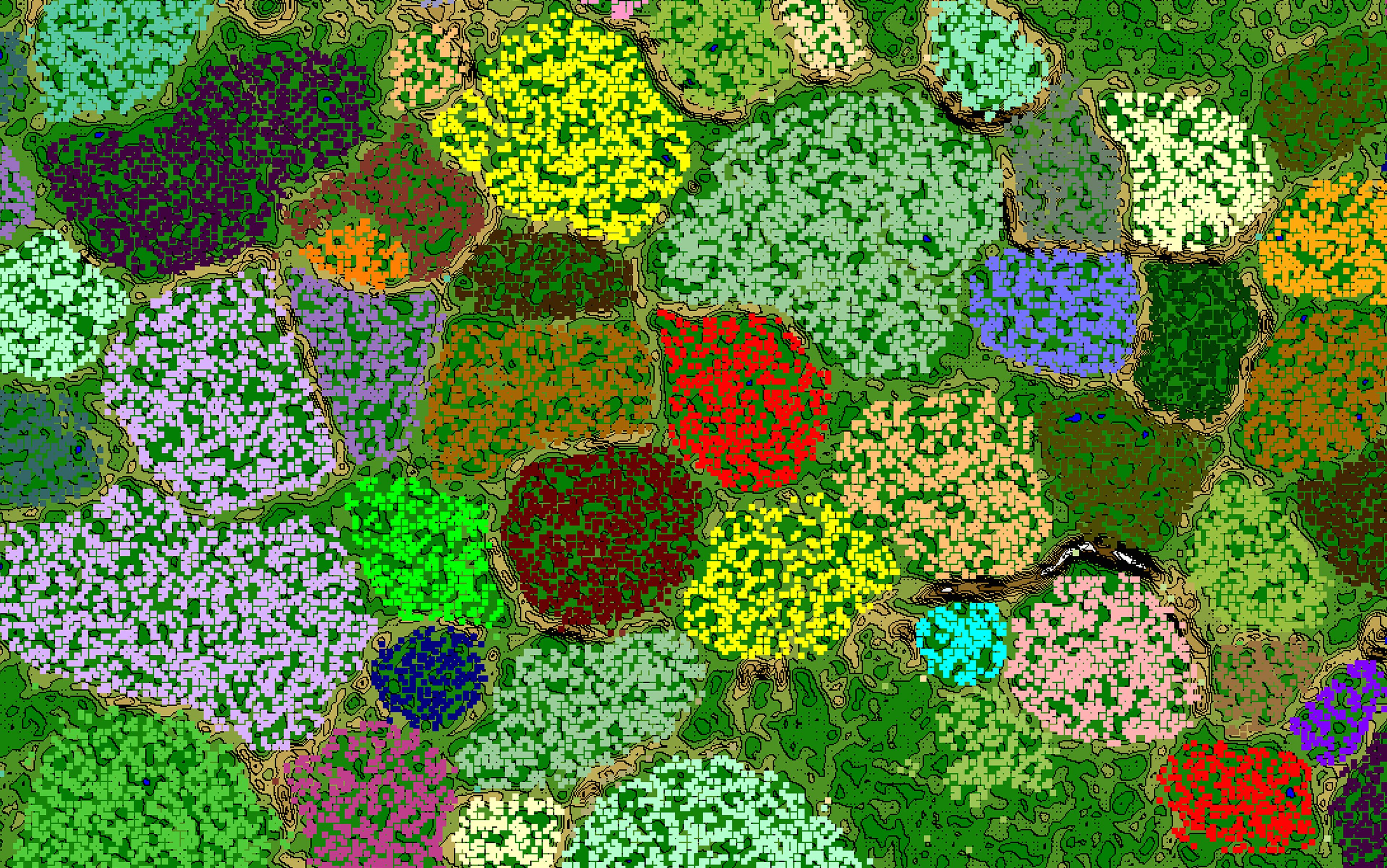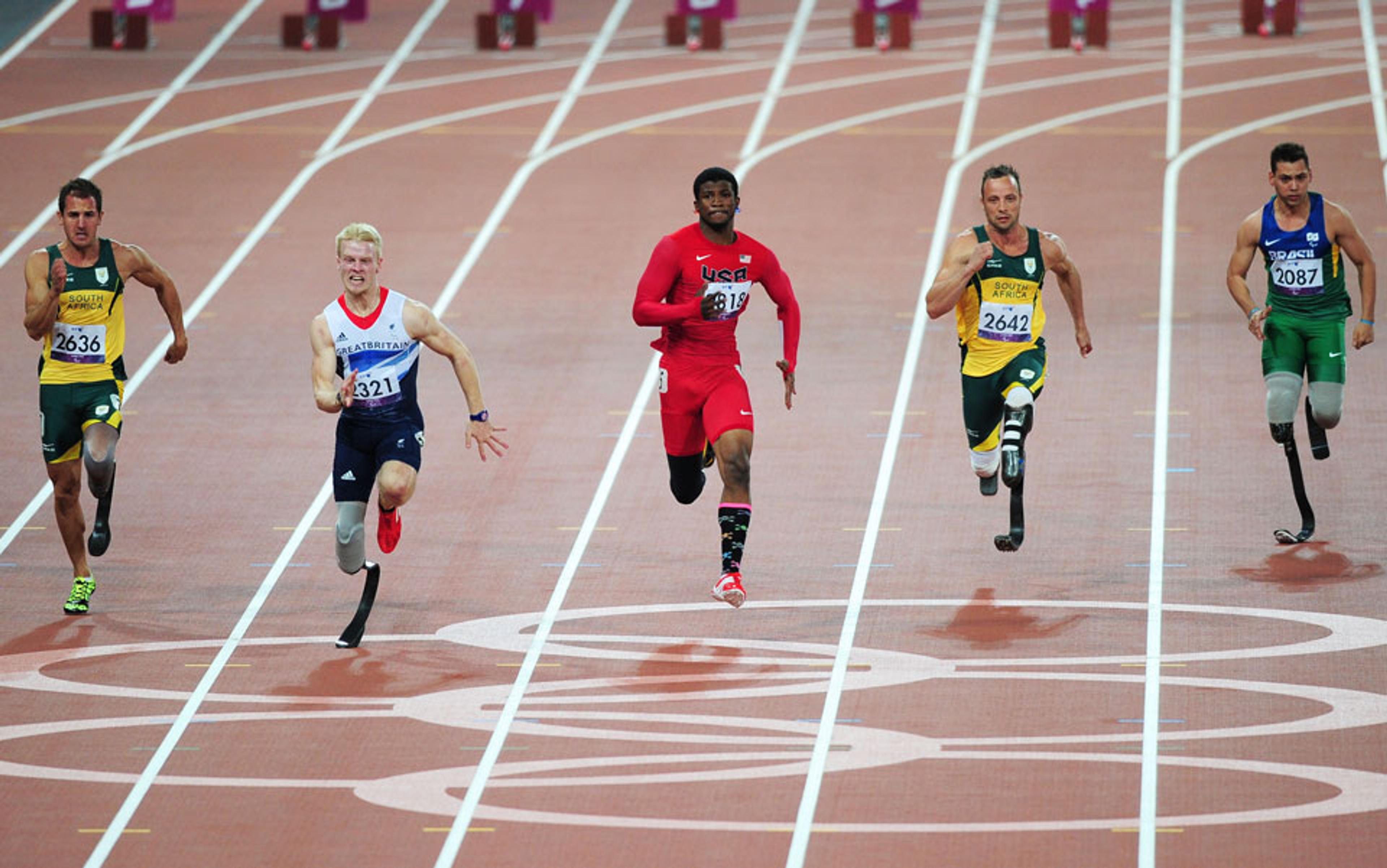Imagine if living things were as easy to modify as computer software. In such a world, farm animals or plants could be engineered to produce leaner meat or juicier fruit, or to withstand extremes of climate. Medical research would be transformed: we could generate mutant animals to model human disease, or engineer plants to be a source of new drug molecules. In fact, medicine itself would look very different. Instead of suffering the terrible effects of genetic diseases such as cystic fibrosis or muscular dystrophy, clinicians could just eliminate the defects from affected cells. But why stop there? Such conditions themselves could become a thing of the past. IVF embryos might be screened for genetic defects and corrected, before being implanted into the womb.
Such a vision might either excite or horrify, depending on your point of view. But if all this sounds like science fiction, it’s time to talk about the new technology of gene editing. As the Nobel laureate Craig Mello, of the University of Massachusetts, recently told me: ‘There truly is a revolution in genetics going on right now.’
Is there? You could be forgiven for wondering what’s really new here. What were all those debates on GM crops, gene therapy and designer babies about, if not a new Promethean capacity to tamper with the code of life? Well, OK, you’re right: we’ve had the technology to alter gene sequences in a test tube since the 1970s. In the 1980s, it first became possible to modify the genome of a living organism as complex as a mouse. Genetic engineering is not new. However, comparing modern gene editing with those past approaches is a bit like equating a horse-drawn carriage and a motorcar. Or perhaps more accurately, like comparing letterpress printing with the first word processor.
What has changed? In a word, we now have a specific new form of genetic engineering, called gene editing. It’s highly precise, very efficient, and far easier to use than previous methods. Most importantly, it can be applied to practically any cell type, including a fertilised egg. This means it’s possible to create genetically modified plants or animals of practically any species, as well as to modify the cells of adult organisms, including humans.
Let’s compare this situation with the earlier state of the art. Gene editing uses a type of ‘molecular scissors’ – basically a protein that cuts DNA in two. Previous versions of such scissors cut the genome in multiple places, which had a tendency to cause havoc in a living cell. However, they could be used to cut DNA in a test tube, allowing genetic engineers to create gene constructs that could be introduced into a cell on a petri dish, or even a living animal such as a mouse. But the method of introduction was pretty haphazard. The edited scrap of DNA would be injected into the cell, and then one would just have to keep one’s fingers crossed for it to integrate itself with the genome at some useful location. It was a bit like using a cannon to perform organ transplants.
The scissors make a single snip, and then one’s chosen chunk of DNA is slotted neatly into place
There’s a reason I mentioned mice in the previous paragraph, and a reason why mice have been used so pervasively in genetic engineering projects for the past couple of decades. The reason is this: stem cells isolated from a mouse embryo can be genetically modified in culture and used to make a new animal. This makes it possible to precisely modify the genes of a mouse (in a very indirect fashion) and see what they do once you raised them into a living organism – obviously a revealing test of any genetic intervention. The problem was, no one could find suitable stem cells for very much other than mice. Mice were uniquely susceptible to such precision‑genetic manipulation. Everything else was prohibitively difficult. So mice were what everyone concentrated their efforts on. That is, until gene editing came along.
The new form of gene editing is marvellous. You can do it on any living cell, not just stem cells (and so, at a stroke, we escape the rodent ghetto). What’s more, those molecular scissors are directed to a specific location in the genome by a molecular guide. In this case, the guide is a length of RNA – DNA’s chemical cousin – whose shape allows it to latch on to a specific gene. The RNA directs the scissors to a desired gene. The scissors make a single snip, and then one’s chosen chunk of DNA is slotted neatly into place. As I noted above, the irresistible metaphors are from word processing: cut and paste, find and replace.
Like most tools used by molecular biologists, gene editing is based on a natural process. In this case, it’s a mechanism found in germs. Mello describes the basic ingredient as ‘an immune system that has evolved for the purpose of defending the genomes of bacteria from invading viruses’. Viruses, as you might know, have a way of inserting themselves into the genomes of their hosts. Different organisms have evolved many mechanisms to resist such invasions. In certain bacterial cells, for example, a guide RNA molecule directs a cutting protein towards the DNA of its viral interloper. We’ve known about this mechanism since the 1980s, but it was only in 2012 that Jennifer Doudna of the University of California, Berkeley, together with Emmanuelle Charpentier, now of the Max Planck Institute in Berlin, recognised its engineering potential.
Simply put, by purifying this protein and introducing it into a living cell along with an artificial guide RNA molecule, we can use it to target any gene we like. Such scissors can be used to delete a gene, or subtly modify its properties. And the power of gene editing, according to Andrew Bassett of the University of Oxford, is that ‘it allows precise changes to be made to the DNA of essentially any organism very rapidly’. At last, the genetic code has a workable text editor.
So what? Well, one way gene editing could transform medicine is by expanding the variety of modified organisms available for modelling human health and disease. We have already noted the fact that mice dominate traditional genetic engineering, largely because, for reasons that are not fully understood, scientists have found it impossible to isolate embryonic stem cells from other mammalian species. Alas, the mouse is not always a good model for human disease. Most obviously, their brains are very different to ours, which limits the usefulness of mice studies for understanding mental disorders such as autism or schizophrenia. For this reason, Guoping Feng of the Massachusetts Institute of Technology is now using gene editing to create monkeys with defects in genes associated with human brain disorders – for instance SHANK3, which regulates how nerve cells communicate, and which has been linked to autism when defective in humans.
While gene editing is providing exciting new ways to model disease, it also offers potential clinical treatments in the here-and-now. It was recently successfully used to target the HIV virus in human cells (grown in culture, but still). Scientists at the Salk Institute in San Diego showed that this approach ‘completely removed all HIV, including viral sequences already hiding in the cell’s genome’, according to Juan Carlos Izpisua Belmonte, who led the study. And clinical trials are underway to test the approach on AIDS sufferers.
As well as providing biomedical models, there’s also a good deal of interest in using genome editing to create new animals and plants for food. It’s possible, for example, to create domestic pig breeds that contain desirable wild boar genes. Domestic pigs are highly susceptible to a lethal disease called African swine fever. Outbreaks have recently been reported in Lithuania, Ukraine, Poland and Latvia, and the disorder represents a serious threat to domestic pigs across Europe. However, wild boars are resistant to the disease. Enter Bruce Whitelaw and colleagues at the Roslin Institute in Edinburgh, the place where Dolly the sheep was cloned.
Whitelaw used genome editing to create domestic pigs containing the genetic difference found in warthogs. And in trials that began this summer, the modified pigs are being exposed to the virus to see if they have acquired resistance. At a recent talk he gave about the project, Whitelaw said that the first question from a Lithuanian farmer was: ‘When can I get these animals?’ Good question. If the clinical trial is a success, the next step is to apply to regulatory bodies for commercial approval. ‘The limitations are no longer technical,’ Whitelaw explained, ‘they’re legal.’
why not create cows that secrete the blood‑clotting factors absent in haemophiliacs in their milk?
This is just the beginning. Other judicious edits might adjust meat quality, or give a pig the ability to thrive on a more economical type of diet. We could design preternaturally robust food crops, like the potatoes recently modified to be resistant to blight. You probably know that blight was the fungal infection that caused the great Irish Famine of the mid-19th century. You might not have realised that the same disease is kept under control today only thanks to the extensive use of costly and toxic fungicides. Perhaps we could do away with that.
Other modifications could allow plants to withstand drought or extremes of temperature, helping us adapt to the rigours of a less congenial global climate. Or plants might be engineered to produce pharmaceuticals. Animals too: why not create sheep or cows that secrete medically useful compounds in their milk, such as the blood‑clotting factors absent in haemophiliacs? Going even further, some scientists have begun to use gene editing to radically alter the genomes of pigs to ‘humanise’ their organs to make them suitable for human transplantation. Up until now, such ‘xenotransplantation’ has been impossible because the human body would reject a pig heart, liver or pancreas. Now, however, scientists are using gene editing to make pig organs invisible to our immune systems. To clarify, we’re talking here about changes to the proteins on the surface of such organs, not creating super-intelligent porkers. Nonetheless, it’s hardly surprising some people feel rather squeamish about the prospect. As Sarah Chan, a bioethicist at the University of Manchester, puts it: ‘Even once the scientific and safety issues have been addressed, we should be mindful of the possible cultural concerns and societal impacts associated with more widespread use of pig organs for human transplantation.’
Such developments will undoubtedly challenge our notions of what we mean by a farm. Indeed, they’ll challenge a lot of things.
Take the ability to transfer genetic variations found in wild species into domesticated breeds. That arguably undermines the very meaning of GM food, since it could be argued that it merely relocates something already present in nature. Food companies could use this argument to try to avoid labelling food as GM – which, given the resistance such foods have met from activist groups and members of the public, is likely to be controversial.
And despite the potential of gene editing to transform medical research, there will be heated debates about creating a wider range of genetically modified animals as disease models. A particularly explosive question is whether scientists should ever use the technology to genetically modify our closest biological cousin, the chimpanzee. This ape species would be an excellent model for studying mental disorders, because of its close resemblance to us. But it is all too easy to imagine ourselves on a slippery slope in which we start using chimps to explore the genetic differences that underlie human abilities such as self-conscious awareness and complex language capacity. Such studies might well lead to important insights into our own nature. They might also lead to the creation of more human-like chimps, with a correspondingly elevated moral status. Eric Schmidt, when he was Google’s CEO, said: ‘Google policy is to get right up to the creepy line and not cross it.’ With gene editing, we arguably start at a fairly creepy line. But the temptations – commercial, intellectual and humanitarian – to press on into the uncanny hinterland will be intense.
Most unsettling is the possibility of scientists using the new technology to manipulate the human genome at the point of conception. This is not a fanciful idea. Junjiu Huang and his research team at Sun Yat-sen University in Guangzhou, China, reported recently that they have successfully used gene editing to correct the gene defect that causes beta-thalassaemia, a potentially fatal blood disorder, in human embryos. In fact, while the treatment was wholly successful in some embryos, in others the intervention didn’t work as planned or introduced unexpected mutations in other parts of the genome. Nevertheless, it seems quite possible that these problems could be overcome, and it is rumoured that unnamed researchers in both China and the US are carrying out similar studies in human embryos with a view to improving the technology.
‘If we could become more resistant to disease, more resilient to injury, improve our cognitive powers, increase our life expectancy – why would we not do that?’
We can at least assume that there will be no intention of implanting the modified embryos into the womb in these studies. No scientist I have spoken to believes it would be right to use gene editing to alter the genome of a human embryo for clinical purposes yet. That said, many assume that it will happen eventually. As Dana Carroll, of the University of Utah, told me: ‘In the long run, I would not be surprised if editing in embryos was used as a therapeutic strategy, but that could be many years down the road. My position is that no one should be attempting this now, and that we have a number of technical, medical and social issues to work through before deciding what legitimate uses there might be.’ In other words, let’s cross that bridge when we come to it.
Could gene editing ever be used to try to ‘improve’ a person’s genetic make-up? Practically speaking, there’s no reason why not. Tetsuya Ishii, a professor of bioethics at Hokkaido University in Japan, fears that if gene editing of human embryos becomes permissible as a form of preventative medicine, ‘it could be the start of a slippery slope to designer babies in countries with lax regulations’, adding that ‘the Brave New World will emerge’. But others see things in a rosier light. While stressing that gene editing would need to be ‘safe enough’ before being used on human embryos, John Harris, a bioethicist at the University of Manchester, says that ‘if we could become more resistant to disease, more resilient to injury, improving our cognitive powers, or increasing our life expectancy, I don’t see why we would not do that’.
There are, of course, innumerable technical intricacies to overcome on the way. The genetics of common disorders such as diabetes, heart disease, or mental conditions such as schizophrenia, as well as human characteristics such as physical appearance, musical or sporting ability, temperament and intelligence, are all turning out to be highly complex. It is unlikely that enhancement of human individuals by gene editing would be a straightforward matter. Nevertheless, the fact is that our understanding of how the human genome works, and our ability to manipulate it, are both increasing at a tremendous rate. We’ll be crossing a lot of bridges before we know it.






